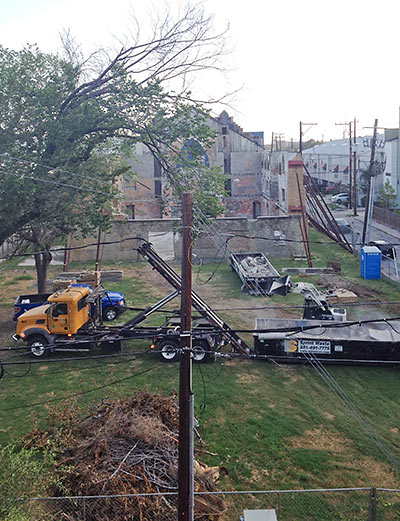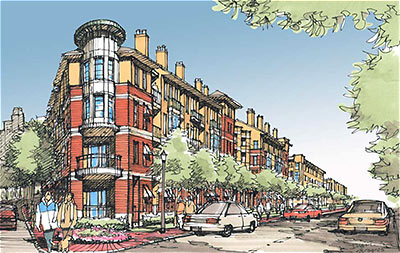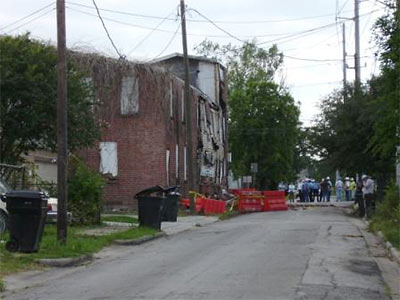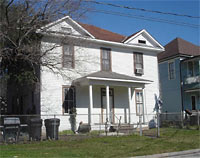
Some sort of work has begun on the remains of the Bethel Missionary Baptist Church on the corner of Andrews St. and Crosby in the Fourth Ward, a reader reports: “About a week ago someone put up new fencing around it, and in the past few days construction crews have started doing something to it (not sure what). . . . It used to be that the church itself was fenced off and the grassy area behind it (where the trucks are now) was open (lots of people . . . used it as an impromptu dog park). Then they pushed the fence back to cover the whole block and the trucks came in. Most mornings this week workers are dumping a bunch of stone into a waste bin that’s hauled off. I can only assume the stone is coming from the church (I don’t see where else its coming from), but I couldn’t swear to it.”




